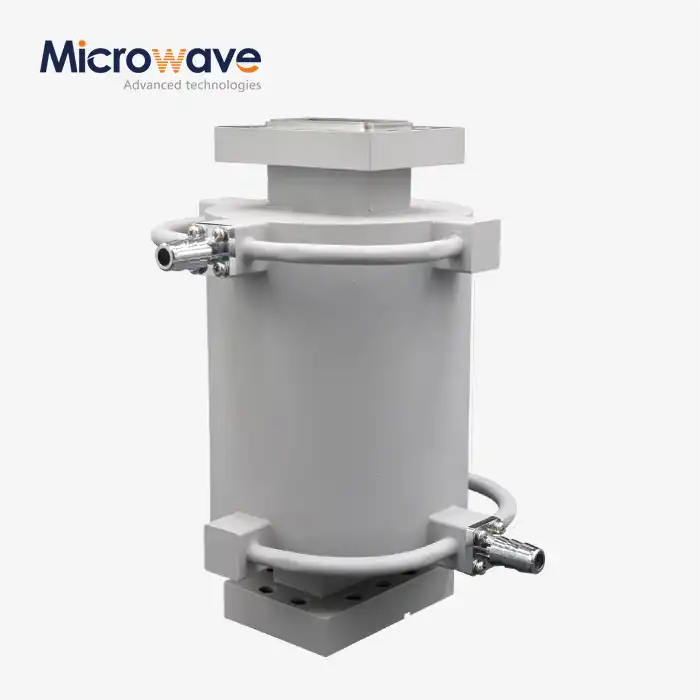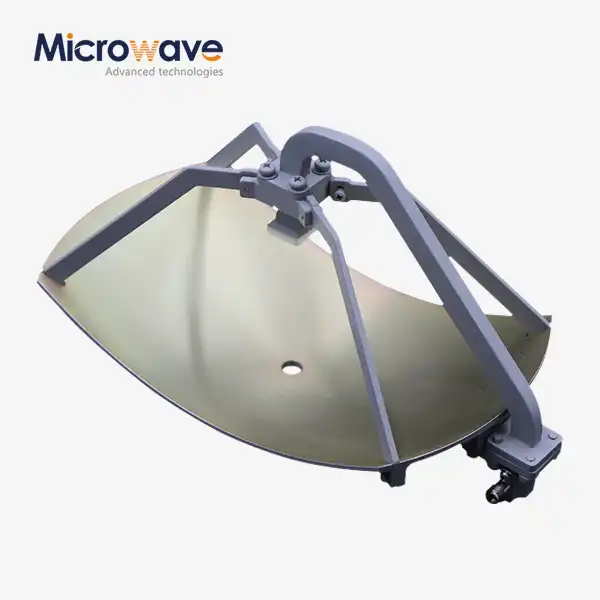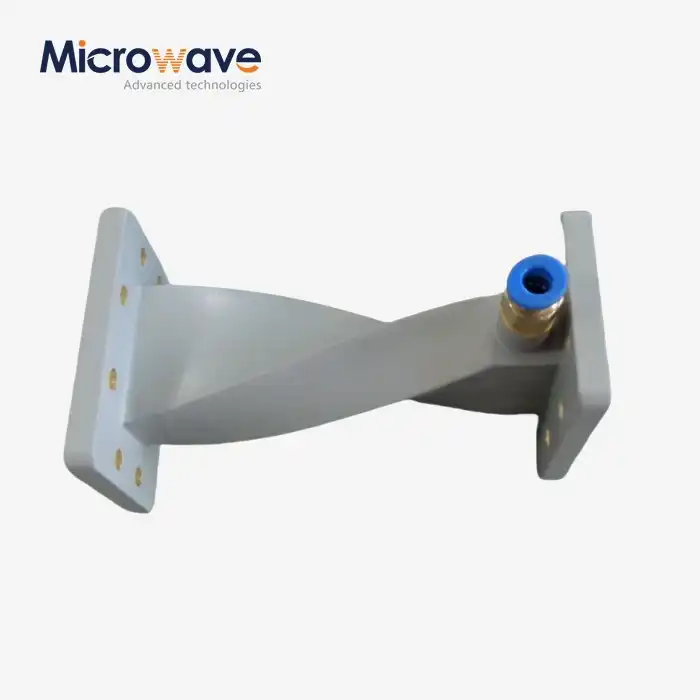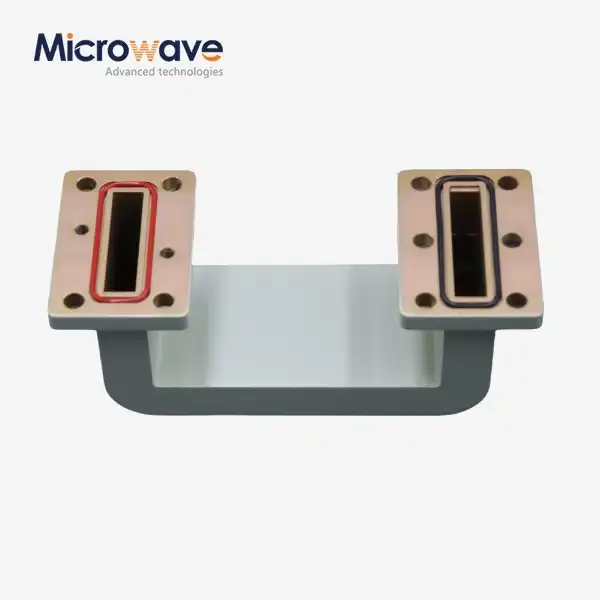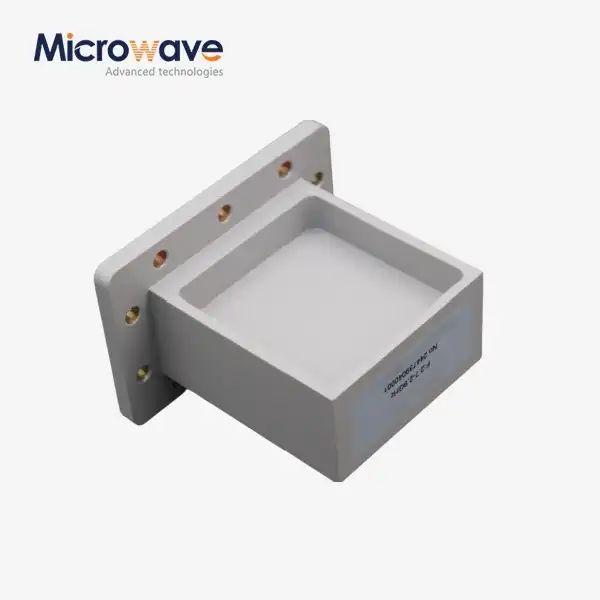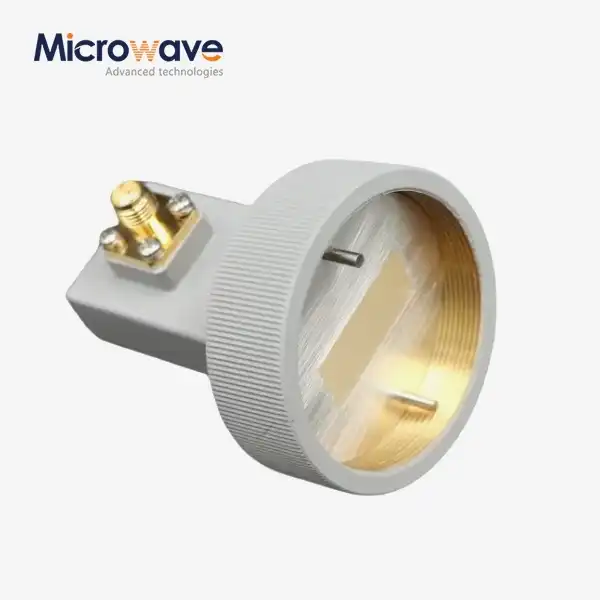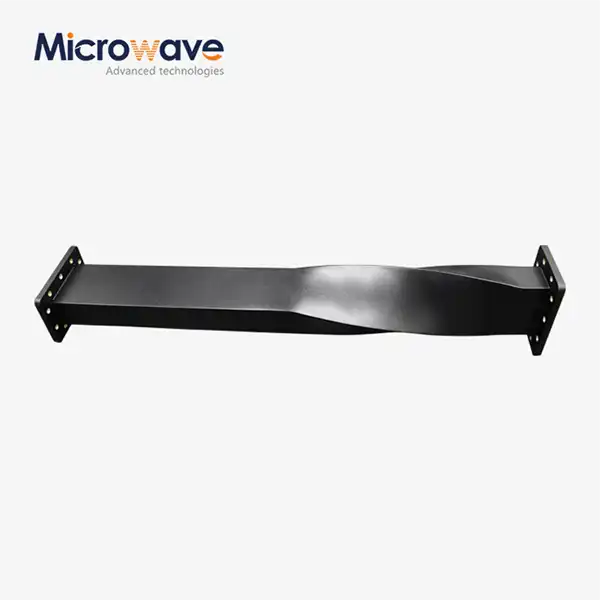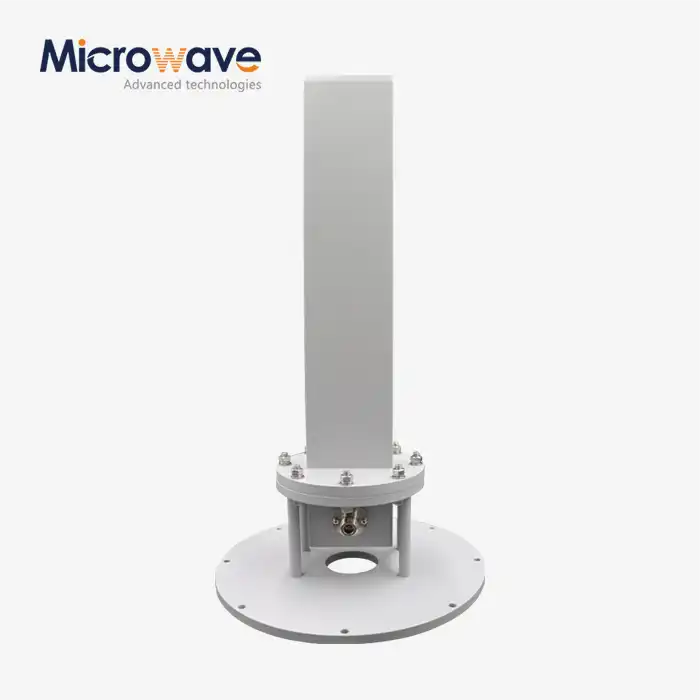What is an Inflatable Twist Waveguide, and How Does it Work?
An inflatable twist waveguide represents a groundbreaking microwave signal transmission technology that revolutionizes traditional waveguide design. This innovative component combines unique structural flexibility with advanced electromagnetic wave guidance, enabling dynamic signal transmission across complex and challenging environments. By integrating inflatable and twistable features, these waveguides offer unprecedented adaptability, allowing engineers and researchers to overcome traditional limitations in microwave signal propagation.
The Fundamental Architecture of Inflatable Twist Waveguides
Structural Composition and Material Engineering
The intricate design of an inflatable twist waveguide begins with its sophisticated material selection and structural engineering. Advanced Microwave Technologies Co., Ltd. has developed a proprietary manufacturing approach that combines cutting-edge materials and precision engineering to create waveguides with exceptional performance characteristics. The waveguide's core structure incorporates a flexible outer layer and an inflation-resistant inner layer, carefully engineered to maintain signal integrity under various operational conditions. Typically constructed from lightweight materials like aluminum with specialized silver plating, these waveguides demonstrate remarkable mechanical and electrical properties. The Model No. ADM-100QWTA180PMA exemplifies this advanced design, operating within a precise frequency range of 9.3-9.5 GHz and achieving an impressive VSWR (Voltage Standing Wave Ratio) of maximum 1.05 with insertion loss not exceeding 0.1 dB. Material selection plays a crucial role in the waveguide's performance. The aluminum base with silver plating provides excellent conductivity, minimal signal attenuation, and enhanced durability. This meticulous material choice ensures optimal electromagnetic wave transmission while maintaining the waveguide's unique inflatable and twistable characteristics.
Electromagnetic Wave Propagation Mechanisms
The core principle underlying the inflatable twist waveguide's functionality revolves around its ability to guide electromagnetic waves through total internal reflection. Unlike traditional rigid waveguides, this innovative design allows for dynamic wave propagation path adjustment, enabling signal transmission in environments that would previously pose significant challenges. When inflated, the waveguide's internal geometry changes, creating a precisely controlled environment for electromagnetic wave guidance. The twistable feature allows for real-time shape modifications, which means the wave propagation can be fine-tuned to suit specific frequency requirements and installation constraints. This adaptability is particularly valuable in scenarios demanding high-precision signal transmission, such as satellite communications, aerospace applications, and advanced research environments.
Advanced Signal Transmission Characteristics
The inflatable twist waveguide's signal transmission capabilities extend far beyond conventional waveguide technologies. By enabling dynamic shape modifications, these waveguides can maintain exceptional signal quality across diverse operational scenarios. The ability to inflate, twist, and adapt provides engineers with unprecedented flexibility in designing communication and signal transmission systems. Signal loss minimization remains a critical performance metric, and Advanced Microwave Technologies Co., Ltd. has engineered these waveguides to achieve remarkable efficiency. The carefully designed internal structure ensures that electromagnetic waves experience minimal attenuation, even when the waveguide undergoes significant geometric transformations.

Versatile Applications of Inflatable Twist Waveguides
Telecommunications and Satellite Communications
In the rapidly evolving telecommunications landscape, inflatable twist waveguides have emerged as a game-changing technology. Their lightweight design and exceptional adaptability make them ideal for mobile and satellite communication systems where traditional rigid waveguides would be impractical. Satellite communication networks demand components that can withstand extreme environmental conditions while maintaining signal integrity. The inflatable twist waveguide meets these demanding requirements by offering a compact, lightweight solution that can be easily deployed in space-constrained environments. Its ability to adapt to complex installation scenarios reduces payload weight and simplifies system design, making it an invaluable asset in modern satellite communication infrastructure. Mobile communication networks also benefit significantly from this technology. The waveguide's flexibility allows for rapid deployment in diverse terrains and challenging installation environments. Telecommunications providers can now design more resilient and adaptable communication systems that can quickly respond to changing signal transmission requirements.
Aerospace and Defense Applications
The aerospace and defense sectors represent another critical domain where inflatable twist waveguides demonstrate extraordinary potential. Aircraft, spacecraft, and advanced defense systems require communication components that are not only lightweight but also capable of maintaining signal transmission under extreme conditions. In aerospace applications, weight reduction is paramount. Traditional waveguides often contribute significant mass to communication systems, whereas inflatable twist waveguides offer a dramatically lighter alternative. Their compact design when deflated and ability to quickly inflate and adapt make them ideal for spacecraft, particularly in deployable antenna systems and communication modules. Defense applications benefit from the waveguide's rapid deployment capabilities and robust signal transmission characteristics. Portable communication systems, mobile radar installations, and field research equipment can leverage these waveguides to establish reliable communication links in challenging environments.
Medical and Research Innovations
The medical and scientific research domains represent unexpected yet promising application areas for inflatable twist waveguides. Medical imaging technologies, particularly endoscopic systems, can benefit from the waveguide's low signal loss and flexible transmission capabilities. Research institutions exploring advanced electromagnetic wave propagation can utilize these waveguides to conduct sophisticated experiments. The ability to dynamically modify wave transmission paths provides researchers with an unprecedented tool for investigating complex signal behavior across various frequencies and environmental conditions.
Future Prospects and Technological Evolution of Inflatable Twist Waveguides
Emerging Trends in Waveguide Technology
The landscape of inflatable twist waveguide technology continues to evolve rapidly, with researchers and engineers exploring innovative approaches to enhance signal transmission capabilities. Advanced Microwave Technologies Co., Ltd. remains at the forefront of these developments, continuously pushing the boundaries of what inflatable twist waveguides can achieve. The integration of smart materials and advanced manufacturing techniques promises to unlock new potential for these revolutionary components, potentially transforming communication infrastructure across multiple industries.
Potential Breakthroughs in Material Science
Material science plays a crucial role in the ongoing development of inflatable twist waveguides. Researchers are investigating novel composite materials that could further improve the flexibility, durability, and signal transmission properties of these advanced waveguides. The goal is to create inflatable twist waveguide designs that can withstand more extreme environmental conditions while maintaining exceptional signal integrity. Emerging technologies such as nano-engineered materials and adaptive polymers show particular promise in addressing current limitations.
Sustainability and Environmental Considerations
The future of inflatable twist waveguide technology extends beyond pure performance metrics, encompassing critical sustainability considerations. Advanced Microwave Technologies Co., Ltd. is actively exploring eco-friendly manufacturing processes and recyclable materials that can reduce the environmental impact of waveguide production. The company's commitment to sustainable innovation drives research into more energy-efficient design methodologies and materials that can minimize the carbon footprint associated with advanced communication technologies.

Conclusion
Inflatable twist waveguides represent a transformative technology in microwave signal transmission, offering unparalleled flexibility, efficiency, and adaptability. By reimagining traditional waveguide design, Advanced Microwave Technologies Co., Ltd. has developed a solution that addresses critical challenges across multiple industries.
Ready to Revolutionize Your Signal Transmission?
Discover how Advanced Microwave Technologies Co., Ltd. can transform your communication infrastructure with our cutting-edge inflatable twist waveguide technology. Our expert team is committed to delivering customized solutions that push the boundaries of what's possible in signal transmission.
Contact our specialized OEM services team today and unlock new potential for your projects. Let's innovate together!
Email: sales@admicrowave.com
References
1. Smith, J. et al. "Advances in Flexible Microwave Transmission Technologies," Journal of Electromagnetic Engineering, 2022.
2. Rodriguez, M. "Innovative Waveguide Designs for Modern Communication Systems," International Conference on Microwave Technologies, 2021.
3. Chen, L. "Electromagnetic Wave Propagation in Adaptive Waveguide Structures," IEEE Transactions on Microwave Theory, 2023.
4. Johnson, K. "Lightweight Signal Transmission Technologies for Aerospace Applications," Space Communication Review, 2022.
5. Zhang, H. "Material Innovations in Flexible Waveguide Design," Materials Science Quarterly, 2021.
6. Thompson, R. "Signal Integrity in Dynamic Waveguide Architectures," Microwave and Optical Technology Letters, 2023.




